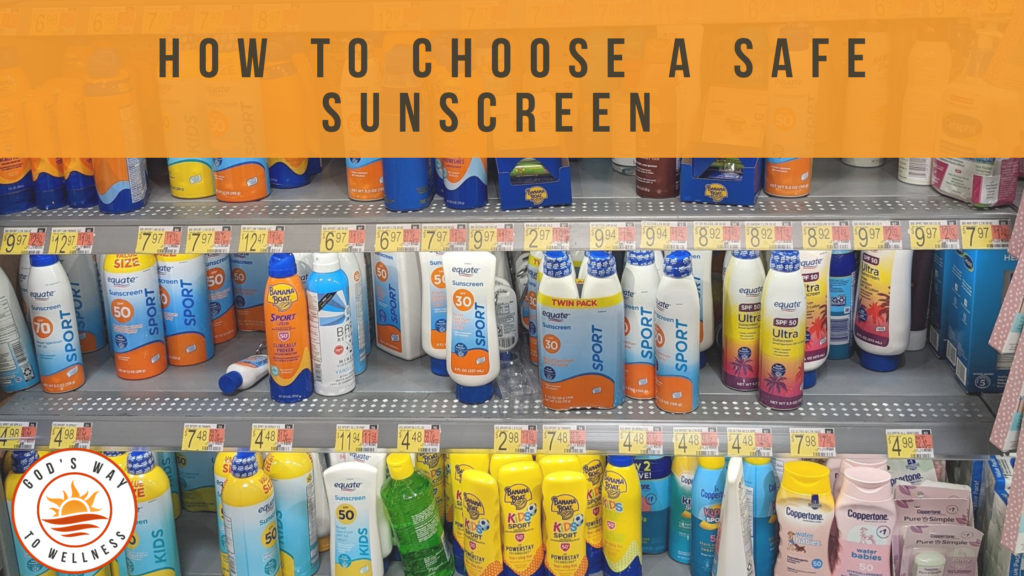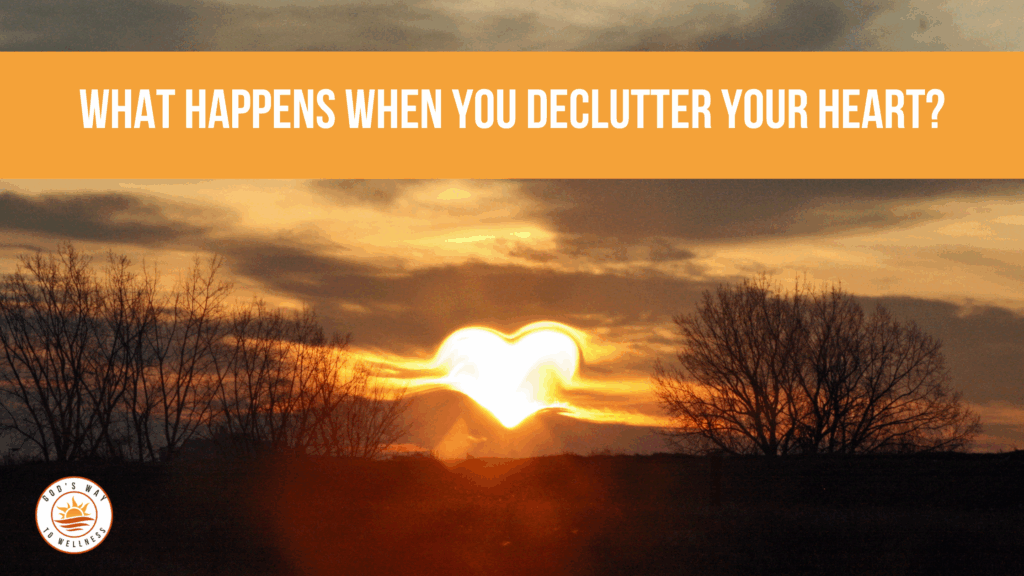Gazing at the display of brightly colored bottles and tubes, I contemplate the multitude of choices. Lotion, stick, or spray? Broad spectrum, water resistant, or reef friendly? Oil free, lightweight, or tropical scent? Is a higher SPF better?
Since skin cancer is the most common type of cancer in the U.S., the medical community recommends using sunscreen to decrease your risk of skin cancers and precancers. However, the availability of a sunscreen product does not guarantee its safety. With so many options, how do you choose a safe sunscreen?
Good news about sunscreen safety
The Environmental Working Group introduced the EWG Verified for sunscreens, their highest rated products.
Consult the EWG Guide to Sunscreens to find their top-rated products in each category. The ratings are 1 to 10, where 1 is the best, and 10 is the worst.
Now, EWG makes it so much easier to purchase safe sunscreens. They now have a storefront on Amazon to purchase highly rated sunscreens.
Bad news about sunscreen safety
The regulations governing sunscreens have remained unchanged by the FDA since the 1990s. Despite being introduced in 2021, proposed changes to manufacturer requirements are still awaiting approval.
Companies outside the U.S. now have access to new ingredients for formulating sunscreens, including non-mineral ingredients that provide stronger UVA protection. However, those ingredients are banned in the U.S. and international sunscreens cannot legally be sold or bought in the U.S.
So, it remains challenging to find a safe sunscreen. Oxybenzone, octinoxate, or both were found in approximately 300 products reviewed by EWG. Research shows that both ingredients pose risks to human health and aquatic life.
How to choose a safe sunscreen
Read the labels, including the ingredients list
It’s hard to decipher the labels on sunscreens. Check out the EWG’s excellent infographic on how to read the sunscreen labels.
When choosing a safe sunscreen, always avoid oxybenzone and octinoxate but look for mineral-based products containing zinc oxide or titanium dioxide.
Avoid sprays and powders
Spray sunscreens may contain benzene, widely recognized as a carcinogen.
In addition, sprays are difficult to apply in a thick, even layer. If you must use a pump or spray, apply sunscreen to your hands first, then wipe it on your skin to ensure uniform sun protection.
Also, manufacturers often use nanoparticles in mineral-based sunscreens to reduce whiteness and increase SPF.
However, it may be dangerous to inhale nanoparticles. The Environmental Working Group cautions against using loose powder makeup or aerosol sunscreens containing titanium dioxide or zinc oxide because of the inhalation risk.
Choose broad spectrum and water resistant
Broad spectrum sunscreens protect against both UVA and UVB rays.
Water resistant is a good choice, but no sunscreen is waterproof. Check the manufacturer’s instructions on the label. Most products state to reapply after 80 minutes or two hours of water and sweat exposure.
Avoid SPF over 50
SPF or sun protection factor is a measure of skin redness protection. However, this measures only UVB rays, not UVA.
High SPF products over 50 contain more chemicals, with not much more protection. They also give a false sense of security to stay outdoors in the sun longer. In addition, the product may have poor protection for UVA, which causes aging of the skin and an increased risk of skin cancer.
Shopping for sunscreens
I highly recommend Yuka, a free app for analyzing food and personal care products, including sunscreens. Scan the product barcode while shopping to determine which products to buy and which ones to avoid.
On a shopping trip to Walmart, 26 of 27 sunscreens I scanned with the Yuka app were rated poor or bad. The only one rated excellent was Native Mineral Sunscreen, which I bought at Target last year.
I also shopped at CVS and found one excellent choice, Coppertone Pure & Simple Baby Stick. Out of forty other labels scanned, I found only two other acceptable choices: Aveeno Baby Sensitive Skin (SPF 50) and Eucerin Baby Sensitive Mineral (SPF 50).
Thrive Market sells several brands highly rated by EWG, including ThinkSport, Babo Botanicals and Badger.
Practice smart sunning
Instead of relying solely on sunscreen, follow these tips for smart sunning.
- Find shade either under trees or make your own by using an umbrella.
- Cover up with clothing such as long sleeves and long pants.
- Wear sunglasses and a wide-brimmed hat.
- Spend time in the sun in the early morning and late afternoon hours when the sun is not as intense. Avoid the hours from 10 am-2 pm.
Summary
How do you choose a safe sunscreen?
First, choose a lotion or cream, mineral-based sunscreen containing zinc oxide or titanium dioxide with an SPF of 50 or less.
Second, consult the EWG database or the Yuka app to choose a safe sunscreen.
Finally, follow label instructions for how often to apply and the quantity. Practice smart sunning and enjoy summer!



